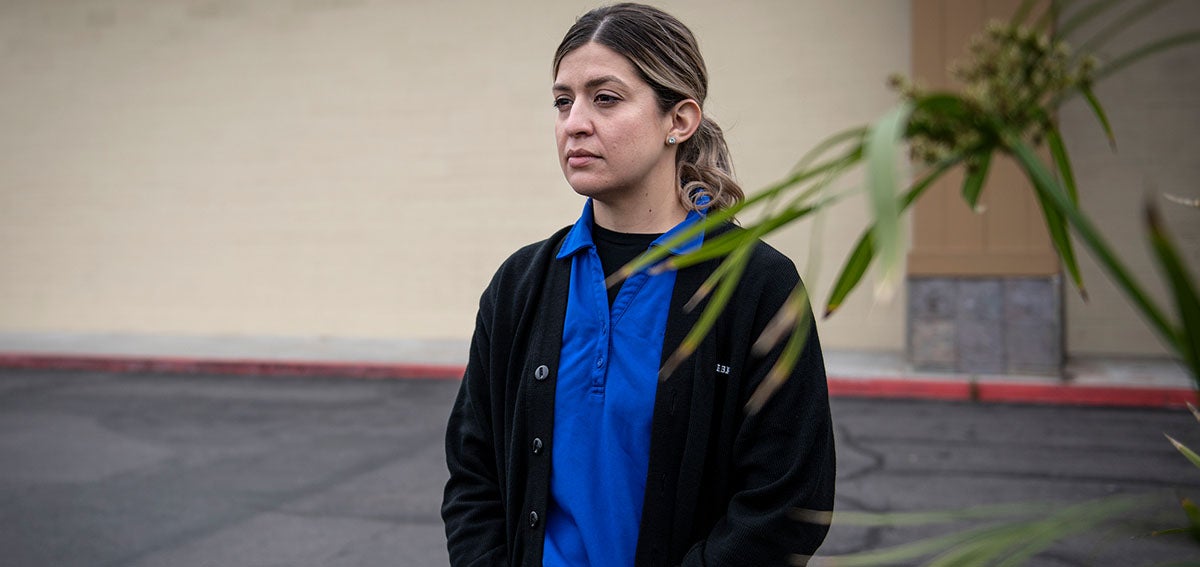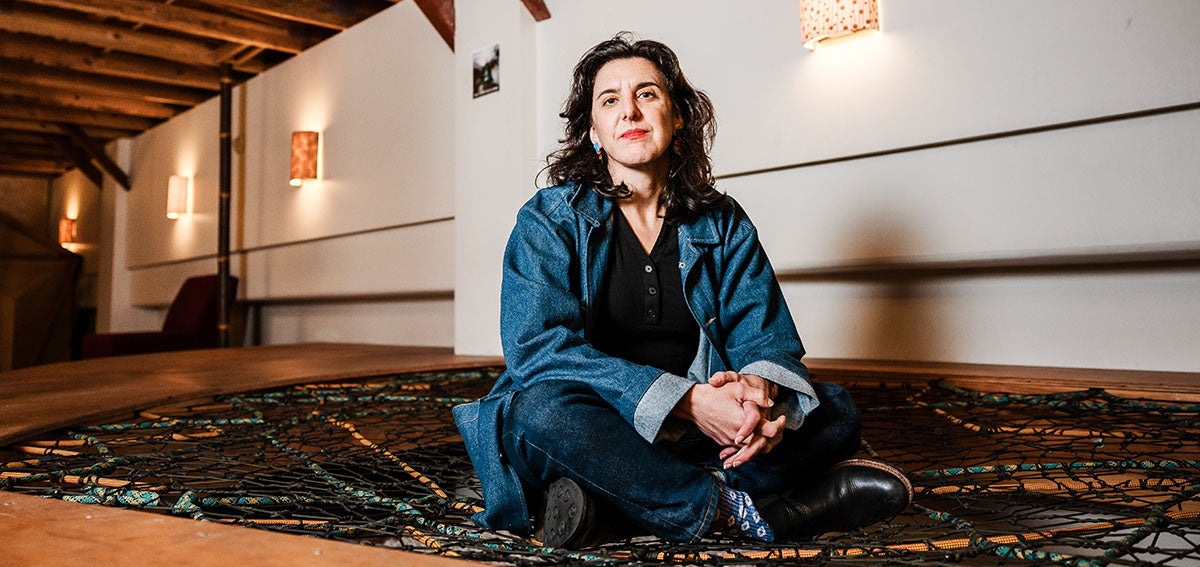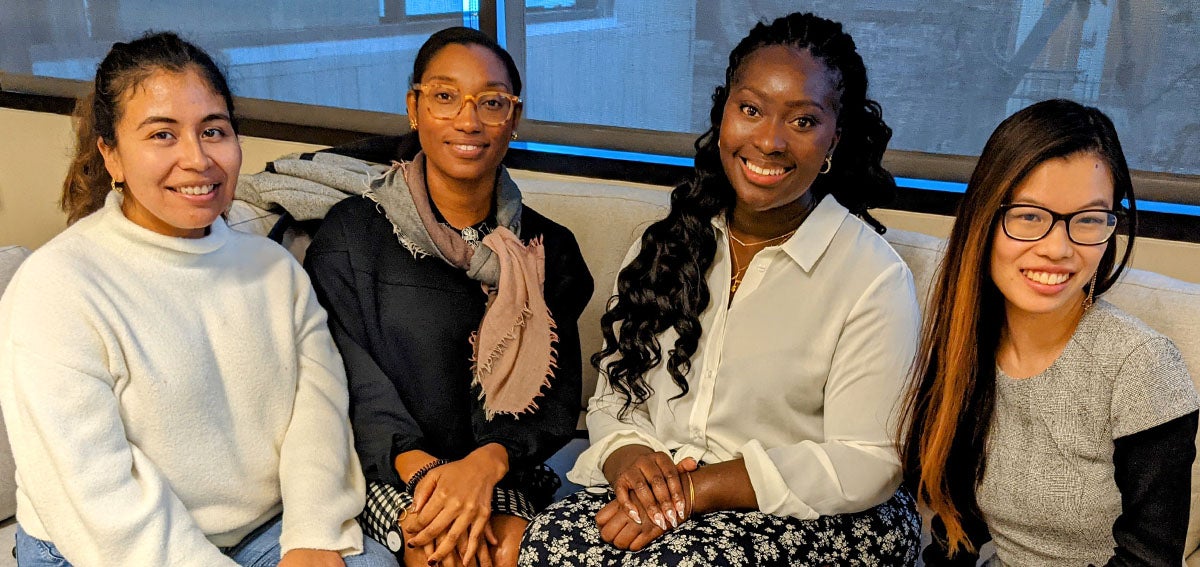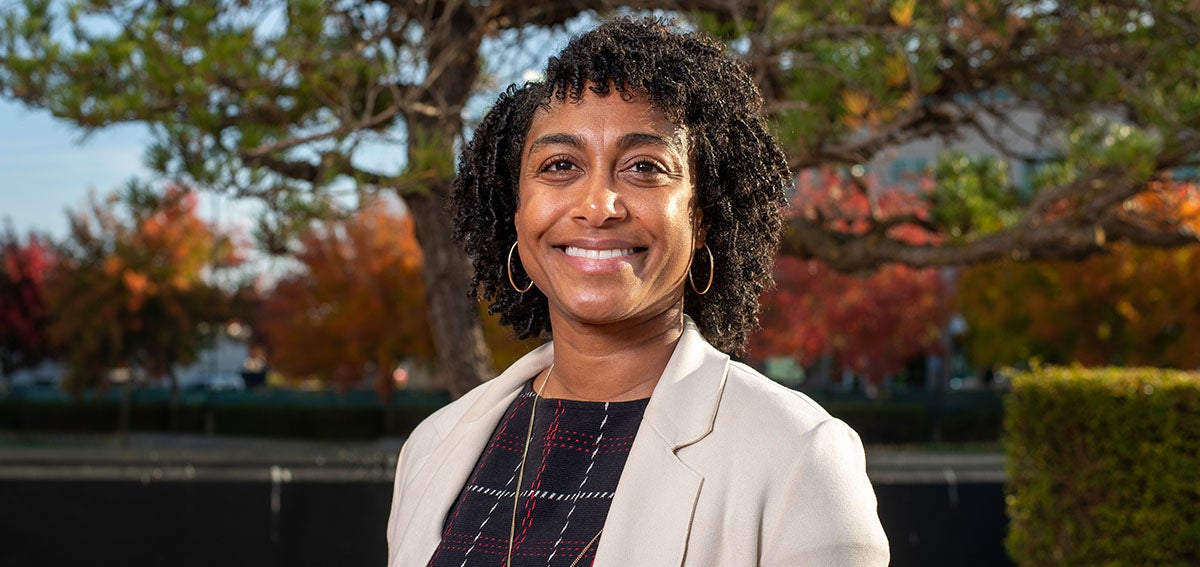
When California’s pandemic policy of extended sick leave for essential workers ended last September, frontline workers who contracted COVID-19 had a difficult choice. Should they go to work sick and risk spreading the virus to others? Or for the sake of public health, should they stay home and sacrifice the paychecks they needed to support their families?

“I am the sole provider for my children,” Brittannie Gulley, a 34-year-old single mother from the Los Angeles suburb of Norwalk and a grocery cashier for Stater Bros. Markets, told journalist Alejandro Lazo of CalMatters. “I’ll really take a hit if I have to go out: whether I’m sick or I just have to quarantine, there’s nothing for me.”
Last week, the governor and legislative leaders announced they have agreed on a plan to provide some relief for workers like Gulley.
Governor Gavin Newsom, Senate President pro Tempore Toni Atkins, and Assembly Speaker Anthony Rendon announced on January 25 an “agreement on a framework to ensure employees continue to have access to COVID-19 supplemental paid sick leave through September 30, 2022.”
The deal, which is similar to the sick leave policy that expired in September, would require businesses with more than 26 employees to provide up to two weeks of COVID-19 paid sick leave. Lawmakers are likely to fast-track the legislation to the governor in the coming weeks, Taryn Luna and Melody Gutierrez reported in the Los Angeles Times.
“The proposal would require employers to provide up to 40 hours of flexible paid leave to full-time workers who are sick or caring for an ill loved one,” Luna and Gutierrez wrote, “and require proof of a positive test to qualify for an additional 40 hours of paid time off. Part-time workers would be eligible for sick leave equal to the number of hours they typically work in a week or twice that amount with a positive test.”
The policy will be retroactive to January 1, 2022.
The Biden administration also is considering a temporary, COVID-related sick leave policy, Politico reported last week. The policy would include two weeks of paid sick leave for workers who contract COVID and 12 weeks of COVID-related family and medical leave at two-thirds pay.
Workers with Low Wages Hit Hard
In the months since California’s sick leave policy expired, workers have been forced to make the best of impossible choices, Lazo reported. “Essential workers in food, agriculture, manufacturing, and health care say they fear losing pay just as much as they fear falling ill during the latest omicron wave. Some who get infected are taking unpaid leave or vacation days to quarantine. Others are reporting to work infected, workers and union officials said.” Nationally, low-wage workers have coped with their lack of options by continuing to work when they are sick. A survey of 6,000 hourly workers, conducted by The Shift Project at Harvard University’s Kennedy School, “found that nearly two-thirds of workers who reported being sick in the last month during the survey period said they worked through the illness,” Harriet Torry reported in the Wall Street Journal. “People cited financial reasons as the top reason they worked while sick, followed by not wanting to let down coworkers and fear of reprisals.”
“The lack of guaranteed paid sick leave is likely to have a disproportionate effect on lower-income members of our community,” Torey wrote. Workers in low-wage jobs are more likely to have fewer financial resources and less access to benefits like sick leave. “Data suggest that 60% more private-sector workers in the top 10% of income-earners have access to paid sick leave as compared to the lowest 10%.”
Workers have been frustrated by their lack of benefits because of the risks they’ve assumed to provide crucial services. “We used to be called heroes and saints. There were cartoons of us with capes on our backs. Now we’re forced to choose between our bills being paid and the state of public health,” said Rheannon Ramos, a Stater Bros. Markets employee, Seema Kamal reported.
Paid sick leave, which allows people to follow the CDC advice to quarantine for five days following an infection, seems to decrease the spread of COVID.
“When people are living paycheck to paycheck, their likelihood of attending work sick increases dramatically,” wrote Stanford University professors Michael Losak, MD, and Christian Rose, MD, in an op-ed for the San Francisco Chronicle. “In states that implemented extended paid COVD-19 sick leave through the Families First Coronavirus Response Act, a federal program that provided tax credits for employers, there was noted to be a significant decrease in infections compared to states who did not implement this program.”
WHO Urges Governments to Plan for Next Surge
Though it appears that the latest wave of infections has crested in California, the question of paid sick leave remains relevant. The World Health Organization cautioned last week that omicron likely will not be the last COVID surge fueled by a new variant.
“Globally the conditions are ideal for more variants to emerge,” Tedros Adhanom Ghebreyesus warned at a WHO executive board meeting on January 24. He urged governments to stop “lurching between panic and neglect.”
Authors & Contributors

Heather Tirado Gilligan
Heather Tirado Gilligan is a journalist who has written for publications including Slate, The Nation, CNN, and the Washington Post. Previously, she was executive editor of the California Health Report, a news nonprofit covering disparities in health and access to health care. Heather received a master’s degree in journalism from UC Berkeley and a PhD in English from Rutgers University, where she studied race in American culture.





